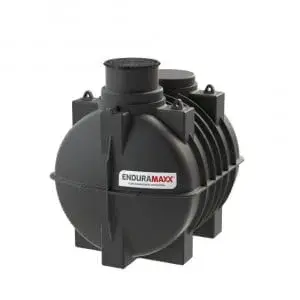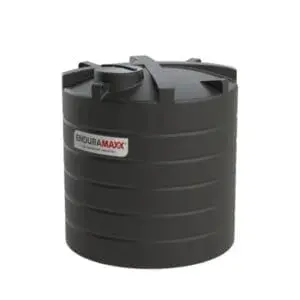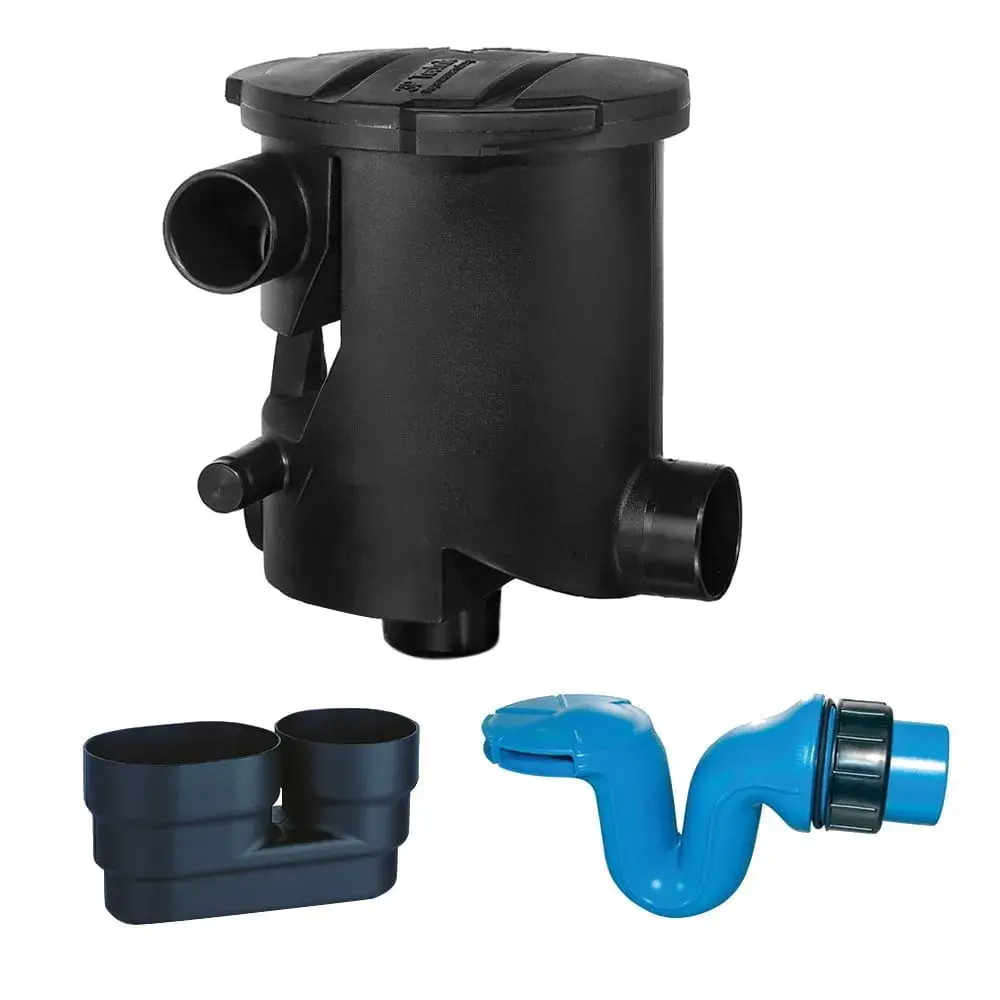Mixing Flow Patterns & Impeller Types, in our article on the Importance of impeller selection, we provided an overview of the common types of impellers used in industrial mixing. We’ll go into more detail about each impeller type and their influences on the mixing process.
We focus on impellers because they are the part of the mixer that does the actual mixing as they rotate they create fluid flow. These flow patterns are the primary consideration when designing a mixer because creating the right flow pattern is critical to achieving the desired result. The most common flow patterns in mixing are axial (down and up) and radial (side to side) flows. These flow patterns describe the generic classes of impellers: axial and radial.
Axial (down and up) pumping is an important flow pattern because it addresses two of the most common challenges in mixing; solid suspension and stratification. In this process, superficial and annular velocities can be calculated to determine and control the level of mixing. (If your axial impeller is causing swirling or vortexing, please refer to our reference to How mixer baffles can improve your mixing process.
Here are some of the most common axial impellers:
A. Marine-type Propellers Commonly used on marine boats, the propellers are often used in small portable direct drive mixer applications as they’re economical and efficient. In larger applications, they’re seldom used because of their price and weight.
B. Pitch The pitch blade impeller is the most versatile impeller and was the standard until the development of the airfoil. They’re useful in blending two or more liquids and are effective in low bottom clearance with less liquid submergence.
C. Hydrofoils The camber of the blade increases the efficiency of the impeller, reducing its power/pumping ratio. A more technical benefit is the laminar flow created by the camber of this impeller. This camber reduces turbulence (shear) substantially. That is why it is selected for shear-sensitive applications as well
D. Radial Flow Impellers Unlike axial impellers, radial impellers are commonly selected for low-level mixing or elongated tanks. They typically give high shear rates and also have a relatively low pumping number making them the most sensitive to viscosity. Radial impellers do not have a high tank turnover flow like axial flow impellers.
Impeller Selection
As you can see, the first step to meeting your mixing objective is to identify your desired flow pattern, which is dictated by the impeller. Next, you must consider the 4 main factors for configuring your mixer. Many more important mixer terms are available here.
Posts By Topics
- Blog (303)
- Chemical Storage Tanks (118)
- Chemical Dosing Tanks (114)
- Chemical Tanks (114)
- Water Tanks (58)
- Rainwater Harvesting Tanks (43)
- Vertical Rainwater Tanks (31)
- Vertical Storage Tanks (31)
- Cone Bottom Tanks (19)
- Conical Cone Tanks (18)
- Rainwater Harvesting (17)
- Water Bowsers (15)
- Horizontal Tanks (14)
- Potable Water Tanks (13)
- Farming (9)
- Case Studies (8)
- Industrial Storage Tanks (7)
- Liquid Fertilser Storage Tanks (6)
- WRAS Approved Potable Tanks (6)
- Wine and Beer Production (6)
- Horizontal Transport Tanks (5)
- Microbrewery (5)
- Rainwater (5)
- Category 5 Break Tanks (4)
- Cider Production (4)
- Mixer Tanks (4)
- Molasses Tanks (4)
- Polyethylene tanks (4)
- Rainwater Filter Kits (4)
- SPECIALIST & BESPOKE TANKS (4)
- Bunded Tanks (3)
- Slimline Tanks (3)
- WRAS Approved (3)
- Clarification Tanks (2)
- Crosslinked Polymer Tanks (XLPE) (2)
- Fertiliser Tanks (2)
- Sump Tanks (2)
- Tank Installation (2)
- Water Butt (2)
- underground water tanks (2)
- ACCESSORIES & FITTINGS (1)
- ATV & UTV SPRAYING UNITS (1)
- Above Ground Effluent Tanks (1)
- Bespoke Tank Frames (1)
- Category 5 Turret (1)
- Caustic Soda Tanks (1)
- Closed Top Bunded Tanks (1)
- Craft beer (1)
- Effluent Tanks (1)
- Enduramaxx (1)
- Ferric Chloride Tanks (1)
- Fire Safety Regulations (1)
- Fire Sprinkler Water Storage Tanks (1)
- Industrial Water Tank (1)
- Open Top Bunded Tanks (1)
- Open Top Cone Tanks (1)
- Open Top Vertical Tanks (1)
- Polyethylene Potable Water Tanks (1)
- Polyvinylidene Fluoride (PVDF) Tanks (1)
- Polyvinylidene Fluoride Tanks (PVDF) (1)
- Pressure Washers (1)
- Pro Series Spot Sprayers (1)
- RWH (1)
- Sodium Hydroxide Storage Tanks (1)
- Sprayer Fill-up Tanks (1)
- Uncategorised (1)
- liquid fertiliser tank (1)
Sign up to the newsletter
enduramaxx.marketing
Related Posts
Mixers & Mixing Terms: Common Mixing and Agitator Terms
Mixers & Mixing Terms is a key operation for many processes – it’s a necessity when two or more...
Why Mixer Baffles Improve Your Mixing Process, Benefits Of Baffles
Mixer baffles in a tank is to reduce the swirling in the bulk fluid and promote circulation between...
Reaction Vessels for Wastewater Flocculent Mixing
Reaction vessels for wastewater flocculent mixing are used to store the wastewater to create flocs....
Related Products
From £1,080.00 inc. VAT
£900.00 exc. VAT
From £1,344.00 inc. VAT
£1,120.00 exc. VAT
From £768.00 inc. VAT
£640.00 exc. VAT
£480.00 inc. VAT
£400.00 exc. VAT





